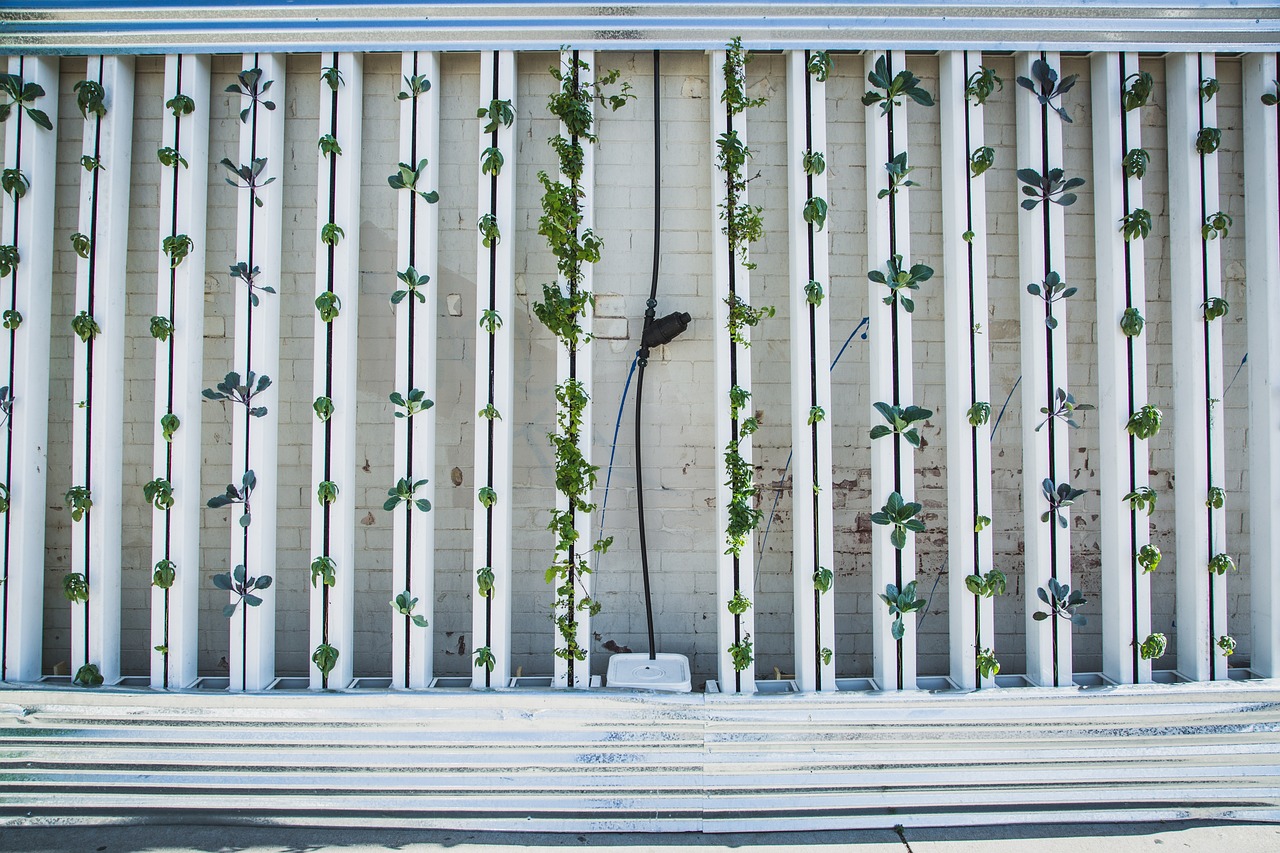The world is changing rapidly, and with that change comes the need to find new and innovative ways to feed a growing population. The Middle East is no exception, as countries in this region have become increasingly reliant on food imports to feed their citizens. However, a new solution is emerging that could change all that: vertical farming.
Table of Contents
ToggleWhat is Vertical Farming?
Vertical farming is a method of agriculture where crops are grown in vertically stacked layers, using hydroponic or aeroponic systems. This allows for crops to be grown in a controlled environment, year-round, regardless of the weather outside. The crops are grown in nutrient-rich water, which eliminates the need for soil, pesticides, and herbicides.
The Benefits of Vertical Farming in the Middle East
The Middle East has several unique challenges when it comes to traditional agriculture. The hot and dry desert climate makes it difficult to grow crops, while water scarcity is also a major concern. Vertical farming offers several key benefits that can help address these challenges.
First, the controlled environment in which crops are grown in vertical farms ensures that the plants receive the right amount of light, water and nutrients. This leads to a higher yield and reduces waste, as crops are not subject to fluctuations in weather conditions.
Second, vertical farming uses significantly less water than traditional agriculture, as the water is reused and recycled in the closed-loop system. This is especially important in the Middle East, where water scarcity is a major issue.
Third, the absence of soil and the use of hydroponic or aeroponic systems eliminates the need for pesticides and herbicides, making vertical farming a more sustainable and environmentally friendly option.
The Growth of Vertical Farming in the Middle East
The potential benefits of vertical farming have not gone unnoticed in the Middle East, as several countries have already begun to explore the technology. In recent years, the region has seen a significant increase in investment in vertical farming projects, with companies looking to bring the technology to scale.
In the United Arab Emirates, for example, the government has made significant investments in vertical farming initiatives, with the aim of reducing the country’s reliance on food imports. The government has also established partnerships with global vertical farming companies, such as CropOne, to bring cutting-edge technology to the region.
In Saudi Arabia, the government has launched a vertical farming pilot project, in collaboration with the Netherlands, to explore the potential of the technology. The project aims to demonstrate the viability of vertical farming in the country, and to explore the potential benefits of the technology for the region.

The Future of Vertical Farming in the Middle East
While vertical farming is still in its early stages in the Middle East, the potential benefits of the technology are clear. As investment continues to flow into the sector, and as more and more companies bring the technology to scale, it is likely that vertical farming will play a significant role in the region’s food production in the coming years.
As countries in the Middle East look to reduce their reliance on food imports, vertical farming provides a solution that is both sustainable and environmentally friendly. With its potential to increase food production, reduce waste and conserve water, vertical farming could play a critical role in ensuring food security for the region in the future.
Conclusion
In conclusion, vertical farming has the potential to be a sustainable solution to address the Middle East’s dependence on food imports. By using technology to create controlled environments, vertical farms can produce fresh, high-quality produce year-round, regardless of climate conditions. Additionally, vertical farms can help to conserve resources, such as water and land, and reduce food waste. However, the implementation of vertical farming in the Middle East may face challenges such as high start-up costs and limited technical expertise. Nevertheless, with continued innovation and investment, vertical farming has the potential to be a game-changer for the food security and self-sufficiency in the Middle East.








2 thoughts on “Vertical Farming Solution for Middle East’s Dependence on Food Imports”
Pingback: The Future of Agriculture: Crop-Growing Skyscrapers - Sustainability Awakening
Pingback: Embrace the Urban Farming Revolution: A Comprehensive Guide